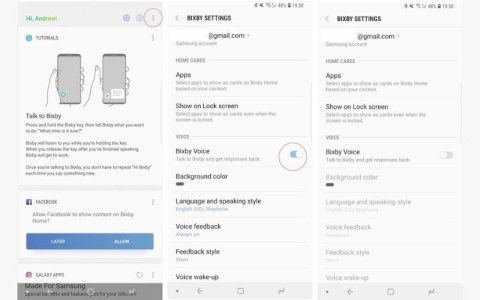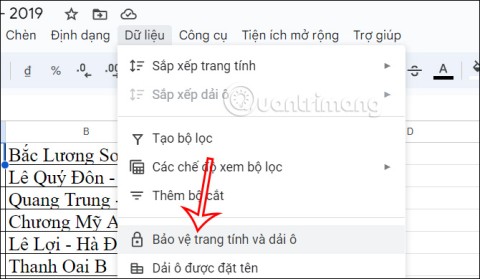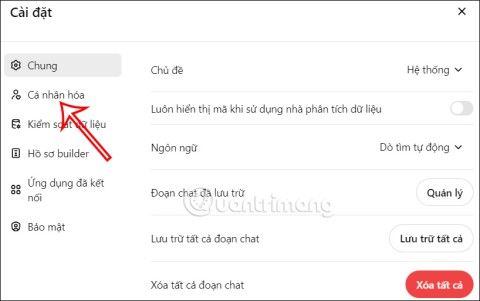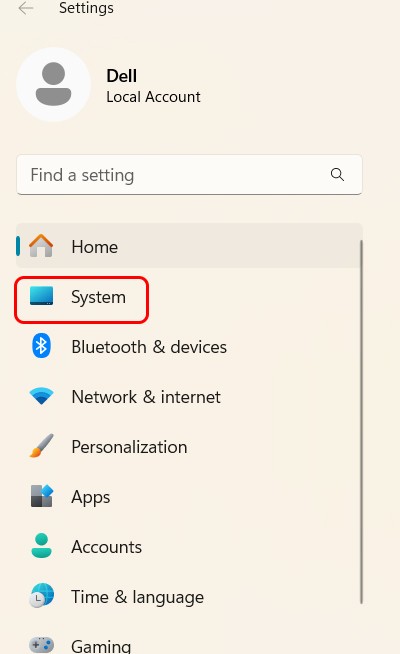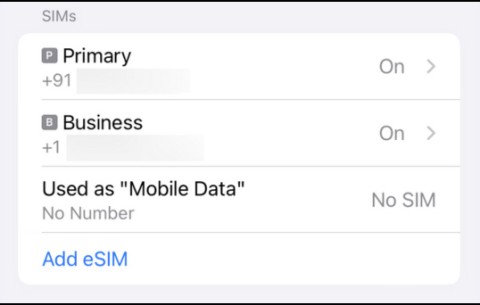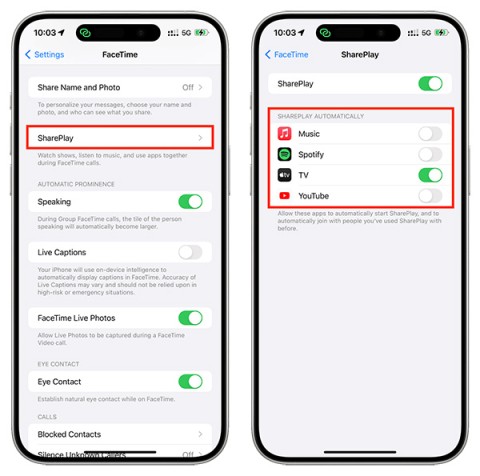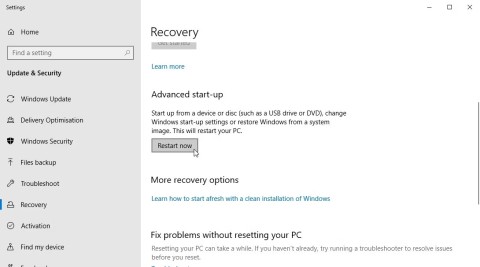Using your face or fingerprint to sign in on your Windows 11 computer helps you to secure your computer much more. To enhance the security of your device when using facial recognition, users should enable the Windows Hello anti-spoofing feature. The enhanced facial recognition protection feature disables Windows Hello facial authentication on devices that do not support enhanced anti-spoofing. Here are instructions for enabling Windows Hello anti-spoofing in Windows 11.
How to enable facial recognition anti-spoofing
Step 1:
First, go to Settings on Windows 11, then click on Accounts .
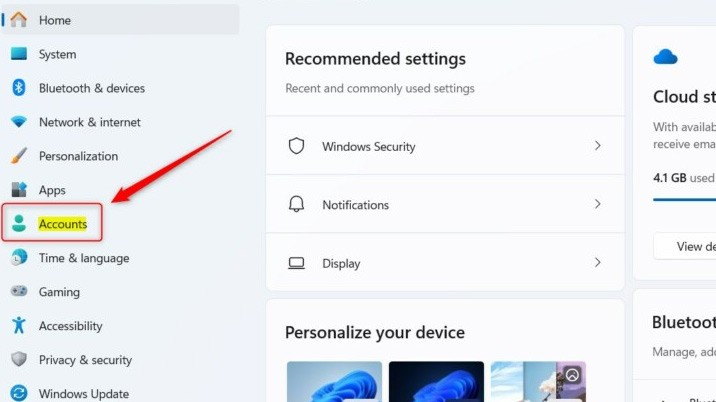
Step 2:
Switch to the side interface, scroll down to the Account settings section and then click on Sign-in options .
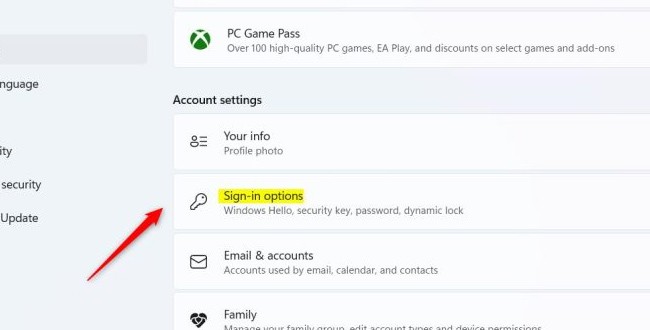
Step 3:
In another interface, users scroll down to the Ways to sign in section and then expand the Facial recognition setting to adjust the facial recognition mode on the computer.
Now you will select Enhanced facial recognition protection to enable the anti-fake facial feature when logging into the computer.
Finally restart your computer for the settings to take effect.
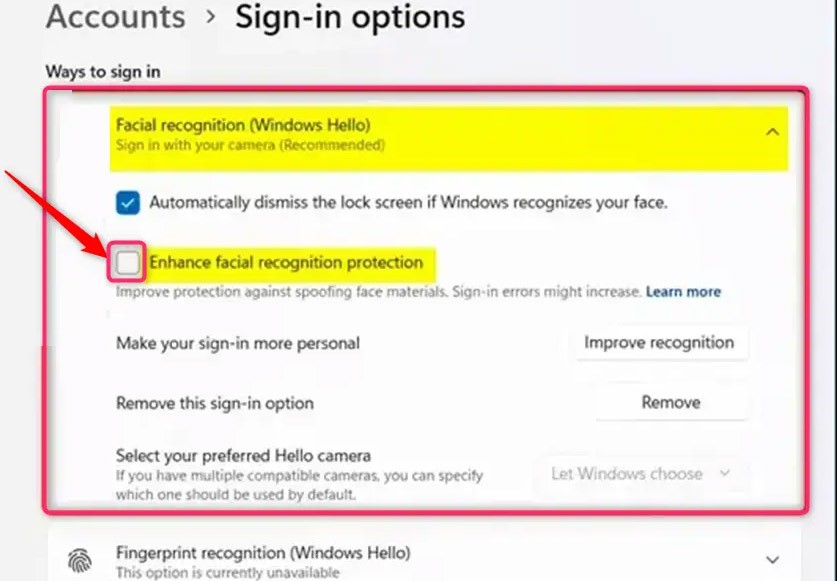
Enable anti-spoofing via Group Policy Editor
Step 1:
We access Group Policy Editor on the computer, then you access the path below.
Computer Configuration > Administrative Templates > Windows Components > Biometrics > Facial Features
In the Facial Features section, click on the Configure enhanced anti-spoofing value .
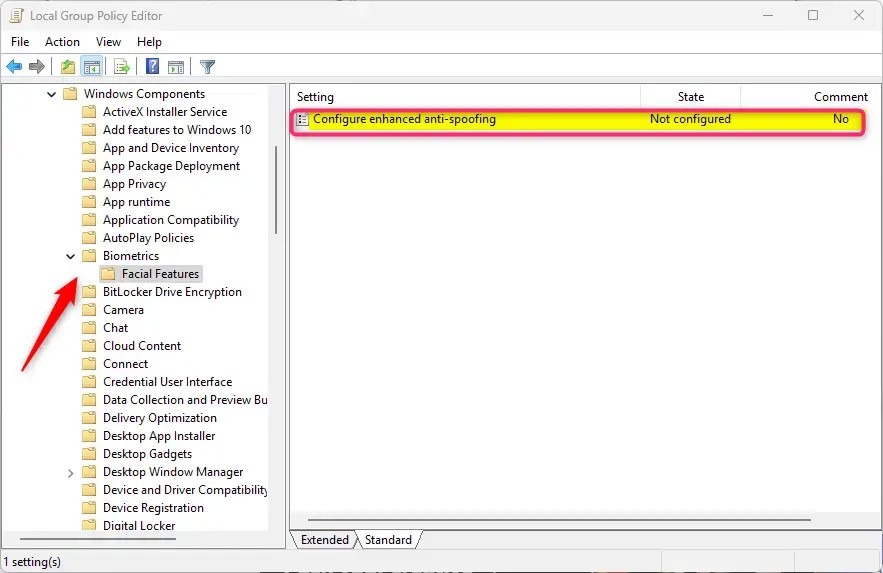
Step 2:
Now the option is displayed as shown, click Enabled to have Windows require all users on managed devices to use advanced anti-spoofing features for Windows Hello face authentication.
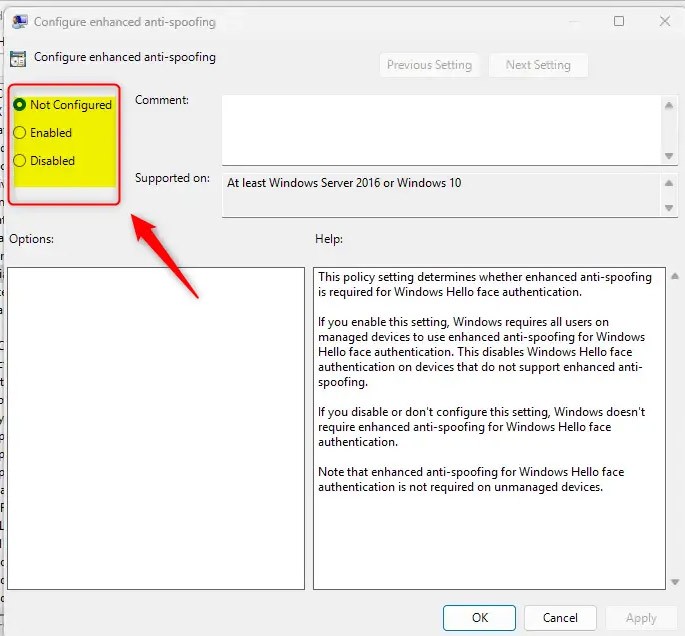
How to enable anti-tampering via Registry Editor Windows 11
Step 1:
You access Registry Editor then access the path below.
Computer\HKEY_LOCAL_MACHINE\SOFTWARE\Policies\Microsoft\Biometrics\FacialFeatures
Right- click on the interface next to it , select New > DWORD (32-bit) Value and name the new value EnhancedAntiSpoofing .
Step 2:
Double-click EnhancedAntiSpoofing and press 1 to enable anti-spoofing on Windows 11.









